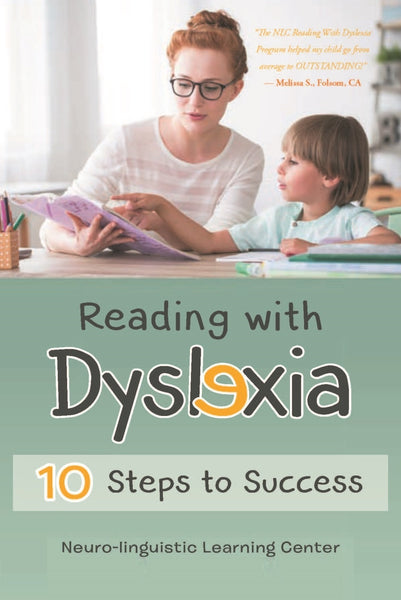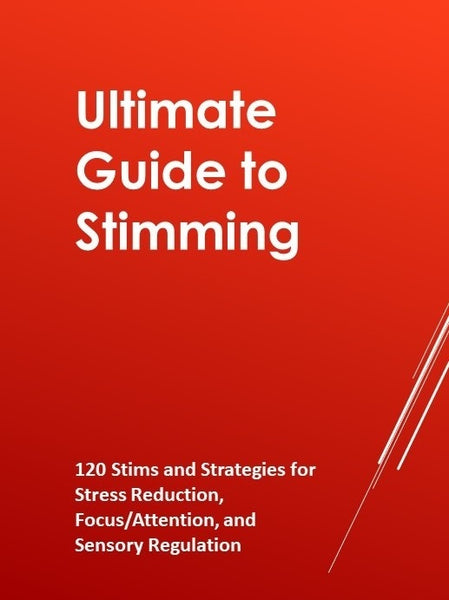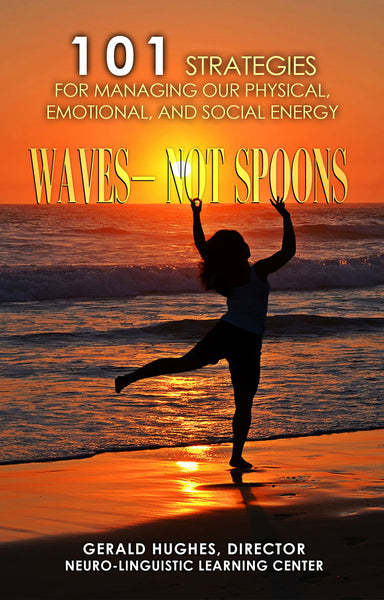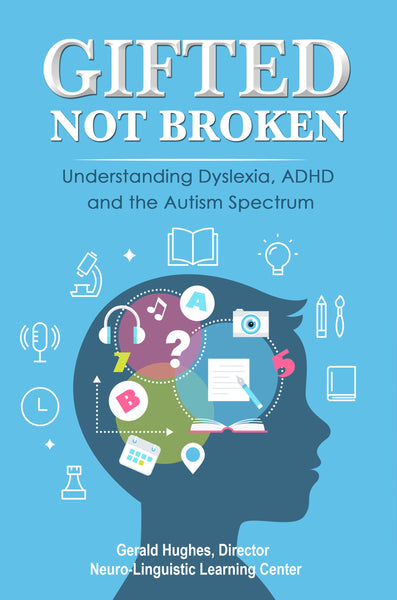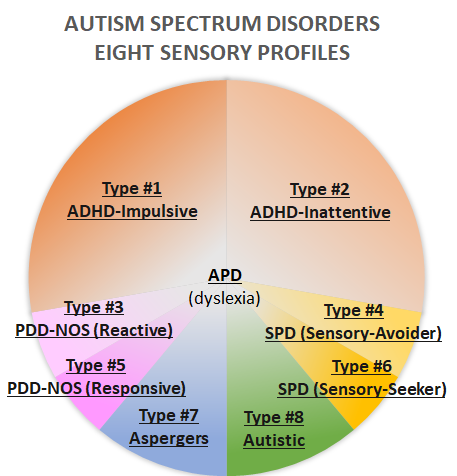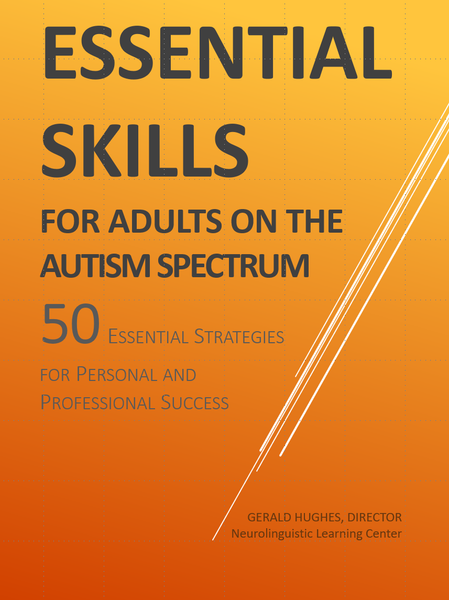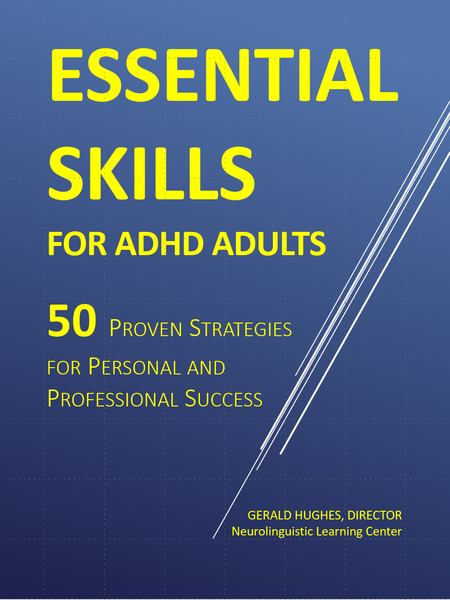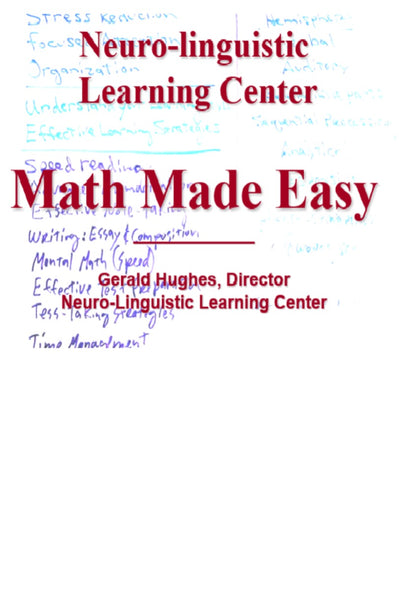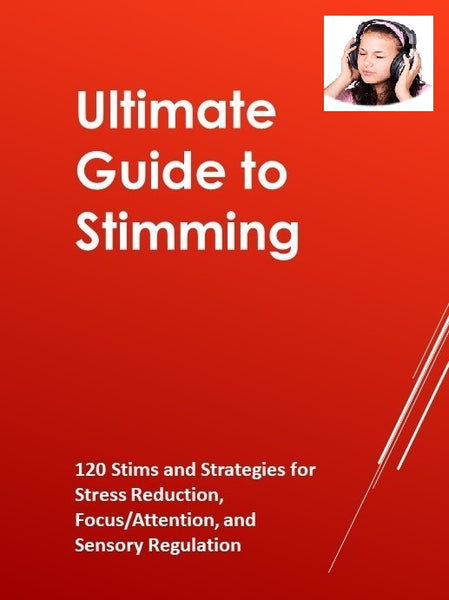Your cart is currently empty.
Waves—Not Spoons is an exciting look at energy management that goes far beyond Spoon Theory and other previous energy management models.
Waves-Not Spoons helps us manage multiple energy systems—physical, emotional, and social.
No doubt many of you are familiar with "The Spoon Theory" as was coined by Christine Miserandino in her 2003 essay entitled "The Spoon Theory".
The basic premise of her analogy was that for each day we all have a limited amount of energy available to us each day. And we can represent this energy as a number of spoons.
As you use up your energy, you take away a spoon. When your spoons are all used up, you're done for the day.
In 2006, I founded the Neuro-linguistic Learning Center to help persons struggling with the effects of dyslexia, ADHD and Autism Spectrum Disorders.
It was in this capacity that I first began utilizing the analogy of Waves to help my clients understand and address the important aspects of energy management. And to that end, I decided I prefer Waves—Not Spoons.
Most importantly, the wave analogy goes beyond merely tracking the energy we’ve used. It provides insight into how we might proactively manage our available energy and even intervene at the appropriate times.
Table of Contents
Preface vi
Introduction viii
Chapter 1: Understanding Waves 1
Chapter 2: Understanding Ourselves 4
• Dominant Brain Functions 4
• Flow of Sensory Information 5
• Dominant Feeling 7
• Dominant Access 10
• Dominant Consideration 11
• Dominant Excitement 13
• Dominant—NOT Exclusive 14
Chapter 3: Personal Waves 16
• Rhythm Waves 16
• Routine Waves 17
• Chronic Illness 18
• Chronic Pain 19
• Wholistic Approach 19
Chapter 4: Physical Energy Waves 20
Chapter 5: Emotional Energy Waves 23
• The Autonomic Nervous System 24
Chapter 6: Social Energy Waves 28
Chapter 7: Relationship Waves 31
• Masking 34
• Impostor Syndrome 35
• People Pleasers 35
• Abuse in Relationships 36
Chapter 8: Communication Waves 38
• Communication Styles 39
• Visual Communication 42
• Visual Listening 42
• Visual Speaking 43
• Greetings 44
• Goodbyes 45
• Small talk and Chit-Chat 47
• Empathy and Rapport 48
Chapter 9: Family Waves 51
Chapter 10: Waves in the Classroom 54
• Stress is the Enemy 55
• Visual Learning State 56
• Visual Reading/Listening 58
• Seeing by Touch 58
• Patterns and Context 58
• Morning Routine 59
• After school/Homework Routine 60
• Bedtime Routine 61
Chapter 11: Waves on the Job 63
Chapter 12: Group Event Waves 67
Chapter 13: Public Speaking Waves 69
Chapter 14: Project Management Waves 72
Top-down Project Breakdown 74
Flow-Chart/Mind-Map 75
• Procrastination 76
• Demand Avoidance 76
Chapter 15: Goal Setting 78
• SMART Goal Visualization 79
Chapter 16: Physical Energy Exercises 81
• Breathing Energy Refresh 82
• Get the Blood Flowing 82
• Water, Water, Everywhere 83
• Eat Healthy and Often 83
• Physical Exercise 85
• Guided Imagery 86
• Massage 86
• Acupuncture 86
• Biofeedback 87
Chapter 17: Emotional Energy Refresh 88
• Expanded Awareness; Relax and Focus 89
• Power Nap 89
• Quick Disconnect 89
• Juggling to Relax and Focus 90
• Thumb Juggling 92
• Relax and Focus App 93
• Eye of the Storm 94
• A Glass of Wine 97
Chapter 18: Sensory Techniques 99
• Sensory Doodle 100
• Sensory Eyes 100
• Sensory Hook up 102
• Sensory Walking 103
• Finger-Knitting 104
• Finger-Weaving 105
• Stimming 106
Chapter 19: Establishing Rapport 109
• Match & Mirror: Posture 110
• Match & Mirror: Gestures 110
• Match & Mirror: Breathing 111
• Matching Language Patterns 112
Chapter 20: Brain Waves 113
• Relax and Focus 114
• Stress Reduction 114
• Deep relaxation, Meditation 114
• Higher Self-Esteem, Confidence 114
• Improve Memory and Recall 114
• Improve Creativity 114
• Sleep Now! 114
• Release Fear of Needles 114
• Release Fear of Spiders 114
• Stress Reduction 114
• Release Social Anxiety 114
• Migraines 114
• Stop Smoking 114
Chapter 21: Summary 115
Appendix A: Additional Resources 117
Appendix B: Additional Links 119
References 121
The first thing to keep in mind is that energy is always flowing in and out. We are continuously either expending energy (out) or recharging our energy stores (in).
This understanding tells us that under the right conditions we can recharge our (energy) batteries, not just at night when we’re asleep, but anytime during the day or night.
While we may start our day with a given amount of energy (spoons), we can actually add energy (spoons) throughout our day.
The second thing to keep in mind is that energy may be expended slower over a longer period of time (cycle) or faster over a shorter cycle.
Just as we can measure energy consumed in calories per hour, we could measure our personal energy consumption in spoons per hour.
As we also see in our graphic, a longer cycle of energy out will typically require a longer recovery period while the shorter cycle (sprinters) may require shorter and more frequent recover periods.
An understanding and awareness of our personal energy cycles as discussed in Chapter 3 can help us determine how best to use and recover our personal energy and thereby plan accordingly.
For example, some folks may do best with shorter, more intense energy cycles (sprinters).
They may need to eat and rest more often, perhaps every 45 to 90 minutes.
Conversely, others may find they perform better if they maintain lower energy intensity over longer periods of time (marathoner).
They may require extended periods of rest and larger less frequent meals.
Furthermore, when we notice a significant change in our energy cycles, it may be that something has changed, and we need to adjust our schedule.
The important point is that these individual preferences will almost always occur as patterns that we can map out and integrate into our daily lives as rhythms and routines.
Rather than reacting to our energy needs, we can more effectively plan to meet those needs proactively.
Order Waves--Not Spoons today and start making to most of your physical, emotional and social energy.
Waves--Not Spoons is also available as an ebook through Amazon.
https://www.amazon.com/dp/B081X6RB4B


